Contact Details

Walter has introduced the MU5 double-sided indexable insert for turning operations. The insert can be used universally both for steel forged parts and also for stainless materials.
With forged parts, particularly in automotive production, the MU5 geometry minimizes crater wear and enables reliable and fully automated production. For users with changing material demands and smaller batch sizes, the MU5 is appealing due to its universal use in steel and stainless materials.
These characteristics of the MU5 insert are due to its positive macrogeometry, while maintaining a negative clearance. Other features include an open chipbreaker groove for long tool life and soft cutting features, a V-shaped chipbreaker for improved chip breakage, and a curved cutting edge yielding high surface finish quality.
For copy turning, the MU5 geometry does not just improve chip breakage for turning and facing, but also for chamfers or radii that would otherwise be critical. During numerous field tests, the MU5 has also proven that it significantly lowers tool costs, particularly when combined with the wear-resistant Tiger·tec Silver grades. The machining parameters of the insert are 0.0006 to 0.024 in. feed per tooth and 0.020 to 0.160 in. for DOC, which applies to 60% of all applications. The new MU5 insert is available in all common basic shapes.
Related Glossary Terms
- chipbreaker
chipbreaker
Groove or other tool geometry that breaks chips into small fragments as they come off the workpiece. Designed to prevent chips from becoming so long that they are difficult to control, catch in turning parts and cause safety problems.
- clearance
clearance
Space provided behind a tool’s land or relief to prevent rubbing and subsequent premature deterioration of the tool. See land; relief.
- feed
feed
Rate of change of position of the tool as a whole, relative to the workpiece while cutting.
- indexable insert
indexable insert
Replaceable tool that clamps into a tool body, drill, mill or other cutter body designed to accommodate inserts. Most inserts are made of cemented carbide. Often they are coated with a hard material. Other insert materials are ceramic, cermet, polycrystalline cubic boron nitride and polycrystalline diamond. The insert is used until dull, then indexed, or turned, to expose a fresh cutting edge. When the entire insert is dull, it is usually discarded. Some inserts can be resharpened.
- turning
turning
Workpiece is held in a chuck, mounted on a face plate or secured between centers and rotated while a cutting tool, normally a single-point tool, is fed into it along its periphery or across its end or face. Takes the form of straight turning (cutting along the periphery of the workpiece); taper turning (creating a taper); step turning (turning different-size diameters on the same work); chamfering (beveling an edge or shoulder); facing (cutting on an end); turning threads (usually external but can be internal); roughing (high-volume metal removal); and finishing (final light cuts). Performed on lathes, turning centers, chucking machines, automatic screw machines and similar machines.

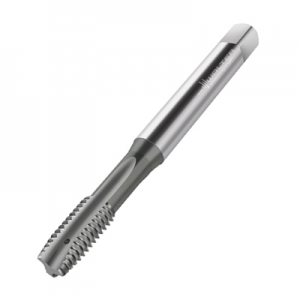


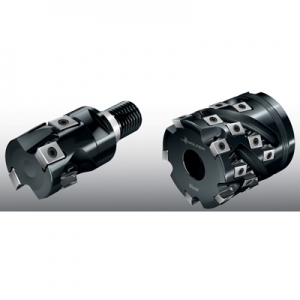
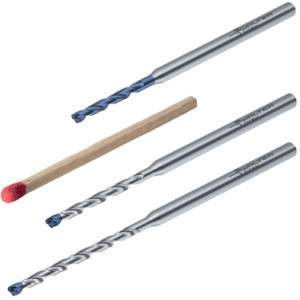
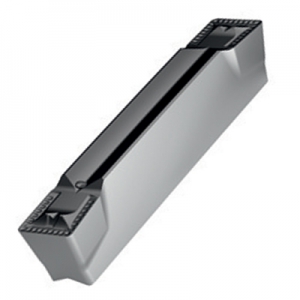
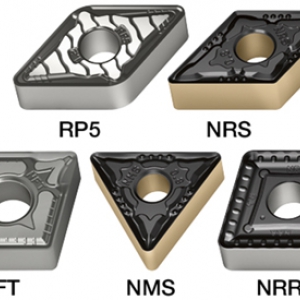


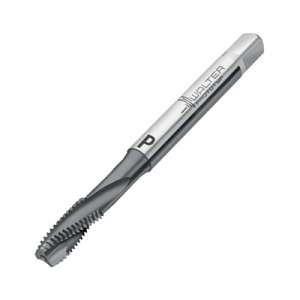
 PRODUCTS
PRODUCTS

